Like most journalists, I dread transcribing interviews. I can’t afford to pay other people to do it, so I’ve been experimenting with computer programs that use artificial intelligence to transcribe for me. Last week I tried one of the more advanced transcription programs, Otter, and its performance was nearly flawless.
I felt an odd sense of loss as I watched perfect phrases tumble down my screen at close to the speed of real speech. I wasn’t sad about the hours I’ll save hand-correcting transcripts. Instead, I mourned the bizarre, sometimes profane errors of my older transcription service, Trint.
I am generally more likely to cover the evolution of sponges than a Presidential race or sex scandal. But Trint seems to want me and my interviewees to talk about what everyone else is apparently talking about: politics and sex.
Trint inserts “Trump” and “Melania” into my transcripts seemingly at random, as well as words like “dick.” “There’s a lot of data on this, in terms of being a dick,” read the program’s mis-transcription of one of my recent interviews with a soft-spoken botanist.
I suppose Trint’s proclivities should not surprise me. Like all speech recognition programs, Trint uses statistical algorithms trained on large archives of recorded human speech to predict what is being said. Machine learning technology has a well-documented tendency to reflect the uglier aspects of society, including our racial biases, and Trint, launched in 2016, has been reared on our society’s collective chatter since Trump’s election.
I am tired of spending hours cleaning up my transcripts for the fact-checkers, and eager to find a more accurate program. But I will miss some of Trint’s bizarre word choices and its constant attempts to help me join the crowd. Trint’s errors can also be remarkably creative, like the brilliant AI-generated cookie names published on the blog AI Weirdness: Hand Buttersacks, Apricot Dream Moles, and Walps.
Can artificial intelligence be talented? Does it have anything important to say? I have no idea, but before abandoning Trint I want to celebrate its weirdness with the following poems. I didn’t write these poems, Trint did. It is not my fault that they insult Melania Trump or read like dystopian Radiohead lyrics. I am merely Trint’s transcriptionist. Please share your own AI-generated poems in the comments!
Trint’s mistakes – suggestions? Strokes of genius? — are in bold.
Emily Underbite
Hello, Siberia
It’s Emily Underbite
I’m a relic
I haven’t
found a gold star yet
My dream has no leverage
I hurt like imitation
Electoral thinking
What organism has analogous or homologous
structures and functions to Melania’s?
A slug, a lobster?
People have a lot of trouble with electoral thinking, which is
essentially understanding the difference between two sponges.
I mean, what can you expect from a sponge?
Continue reading →
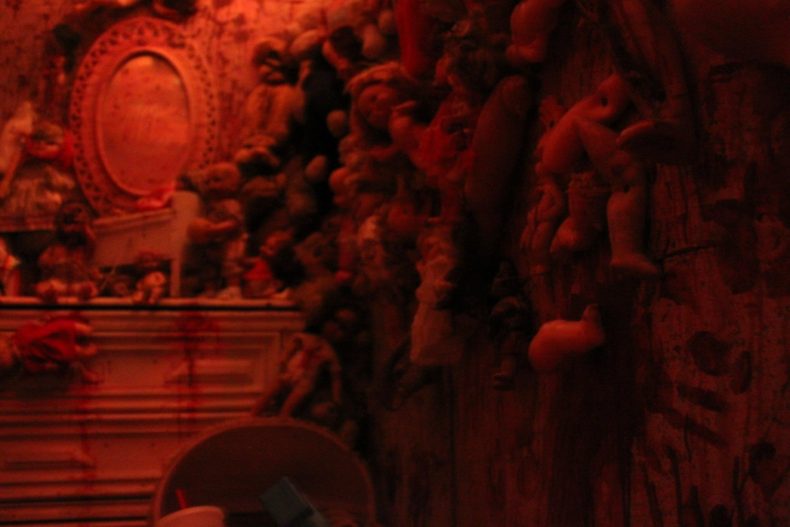
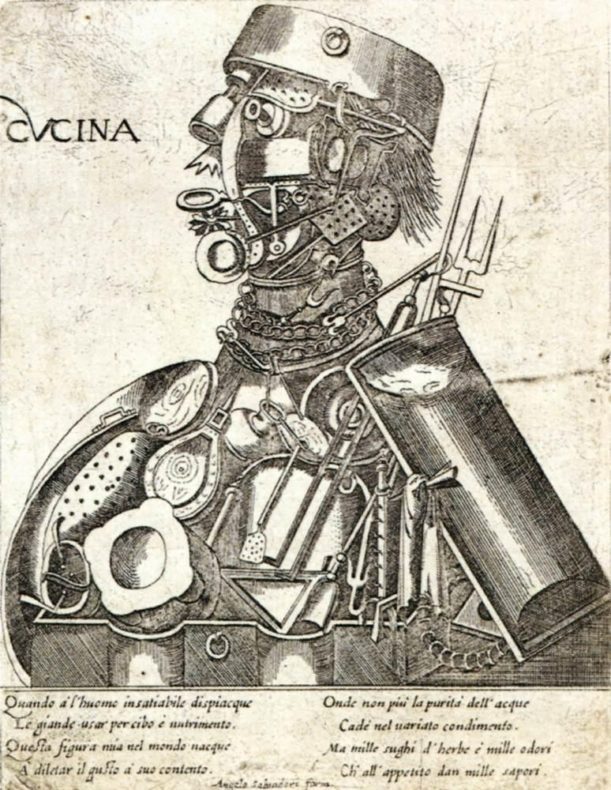

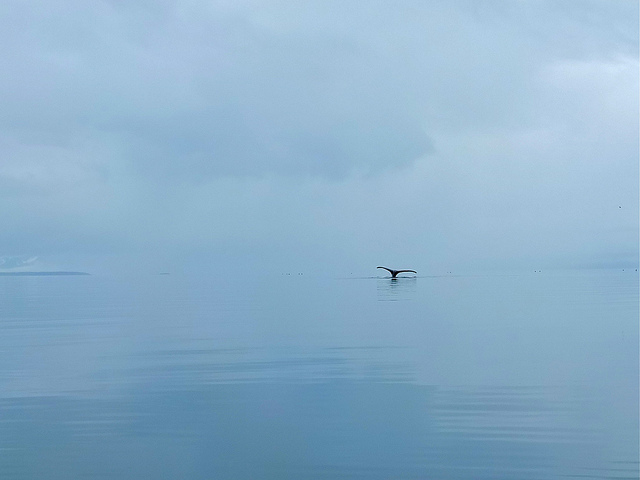
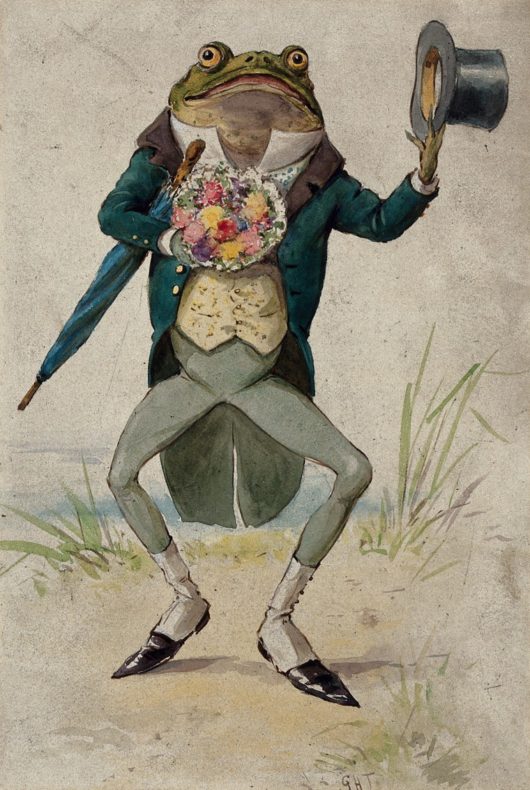
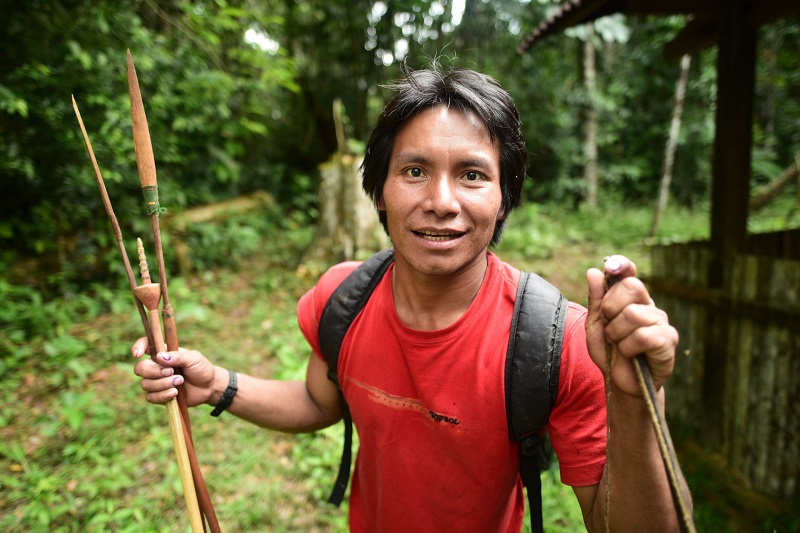
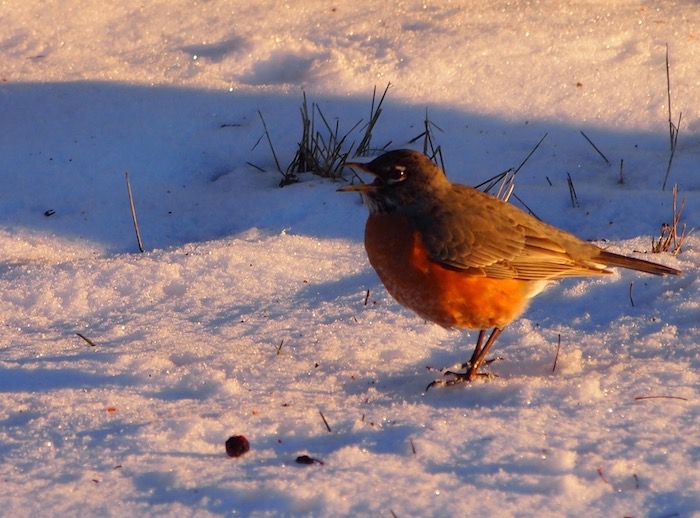
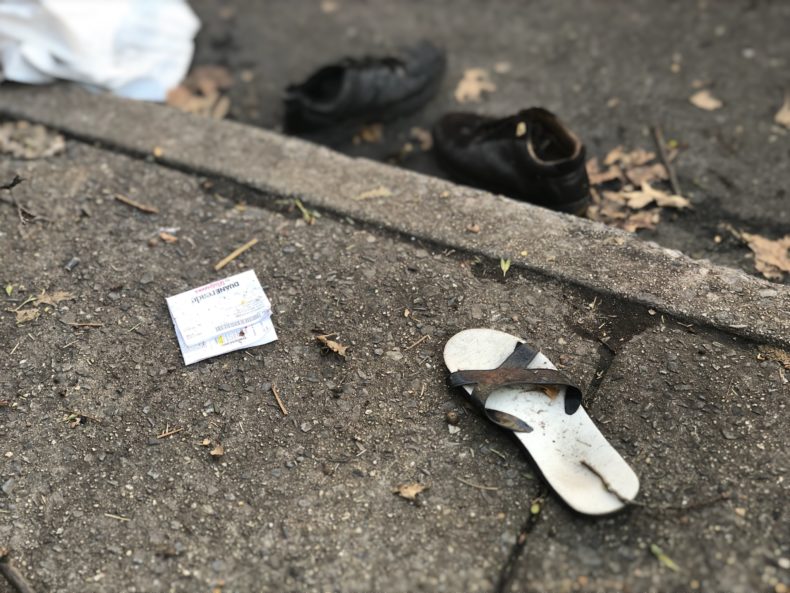 Just past lunchtime one warm Tuesday last spring, as I walked through my neighborhood to the local Indian restaurant for samosas, I saw a big yard sale going on. I’ve long been a fan of a good rummage sale—that hunt for something tired and old to dust off and love anew. From a distance I could see the usual household bits and bops, some well-used furniture, and piles of clothes and bedding spread over half a block of sidewalk and trampled grass. Odds and ends seemed to have toppled down the steps of the townhouse hosting the event—it was a remarkably disorganized set up. People poked around, others loaded items into trunks and back seats of hastily parked cars as drivers waited, engines running.
Just past lunchtime one warm Tuesday last spring, as I walked through my neighborhood to the local Indian restaurant for samosas, I saw a big yard sale going on. I’ve long been a fan of a good rummage sale—that hunt for something tired and old to dust off and love anew. From a distance I could see the usual household bits and bops, some well-used furniture, and piles of clothes and bedding spread over half a block of sidewalk and trampled grass. Odds and ends seemed to have toppled down the steps of the townhouse hosting the event—it was a remarkably disorganized set up. People poked around, others loaded items into trunks and back seats of hastily parked cars as drivers waited, engines running.